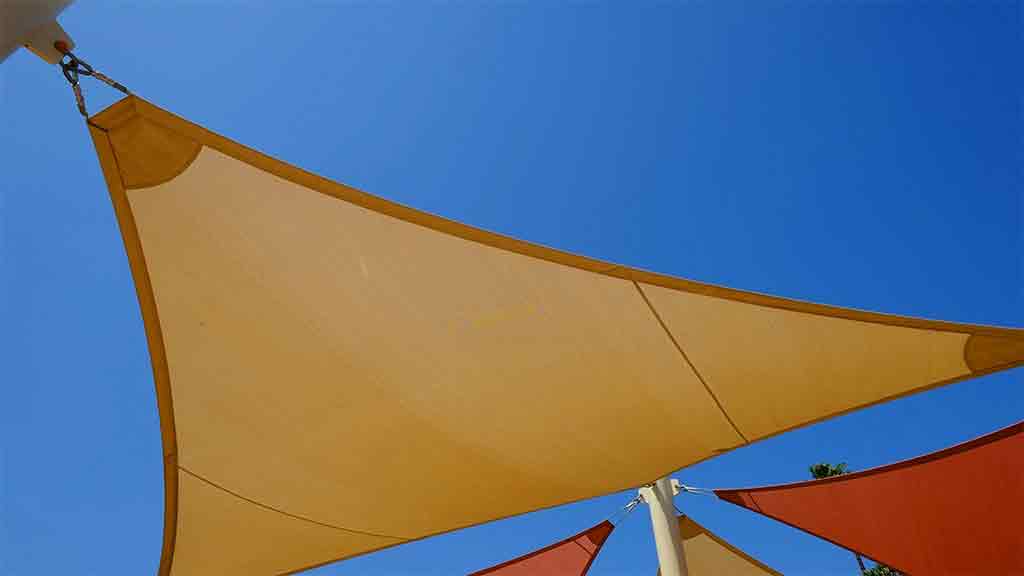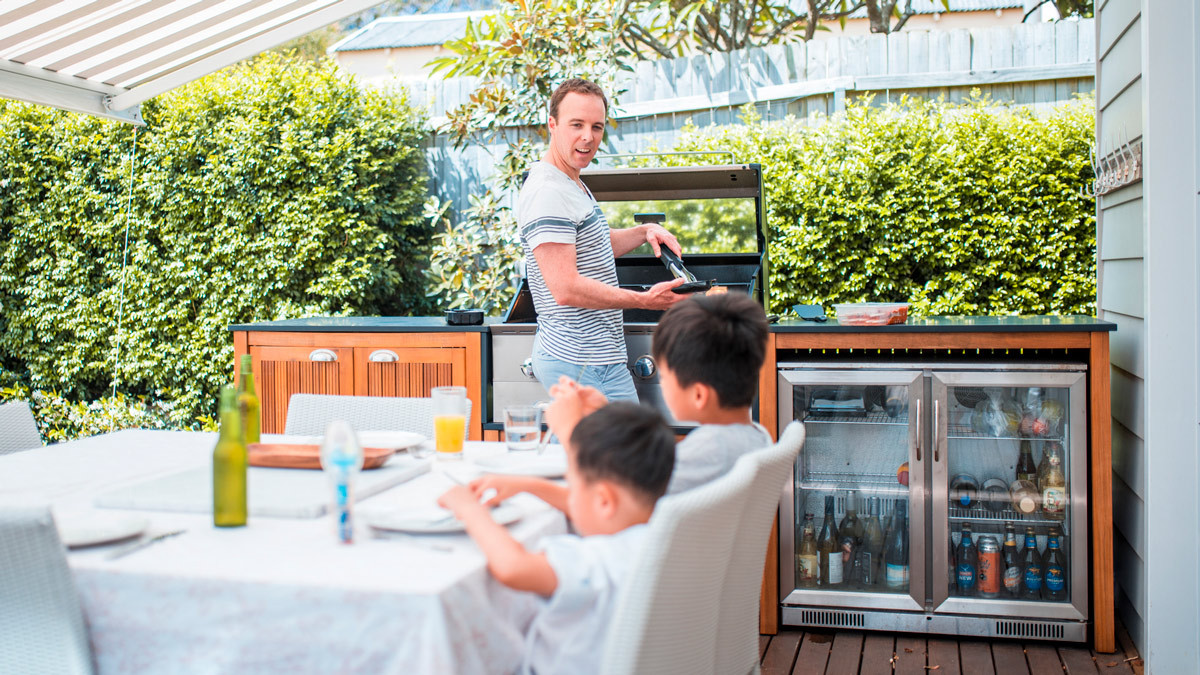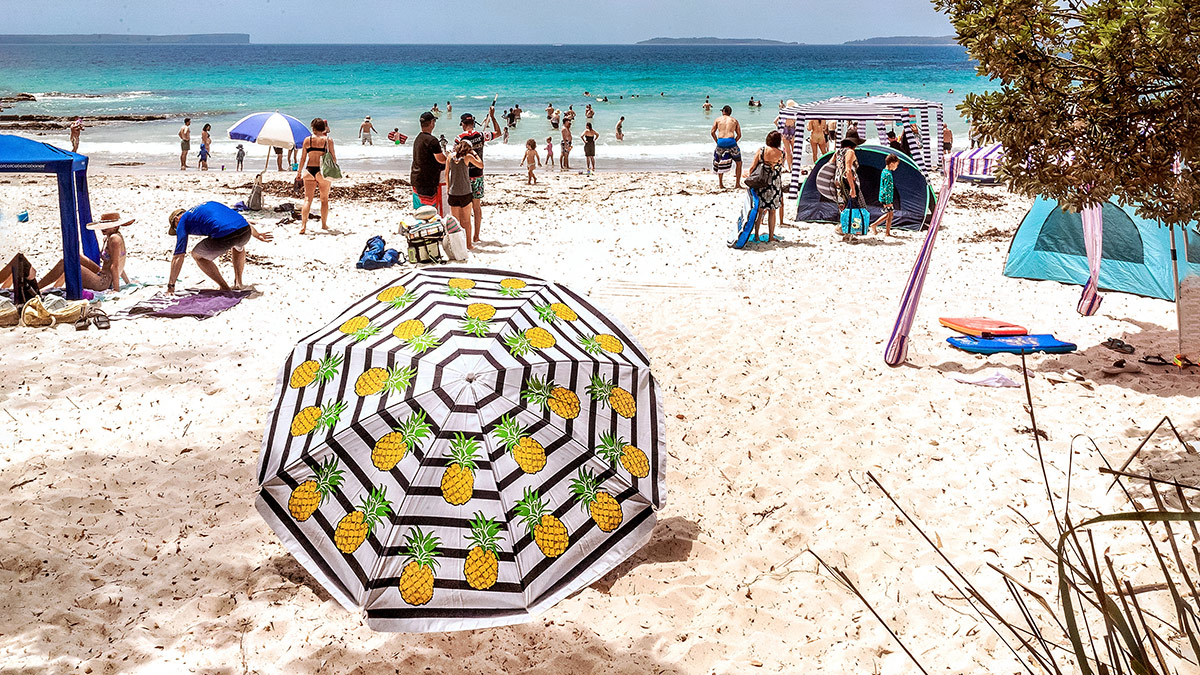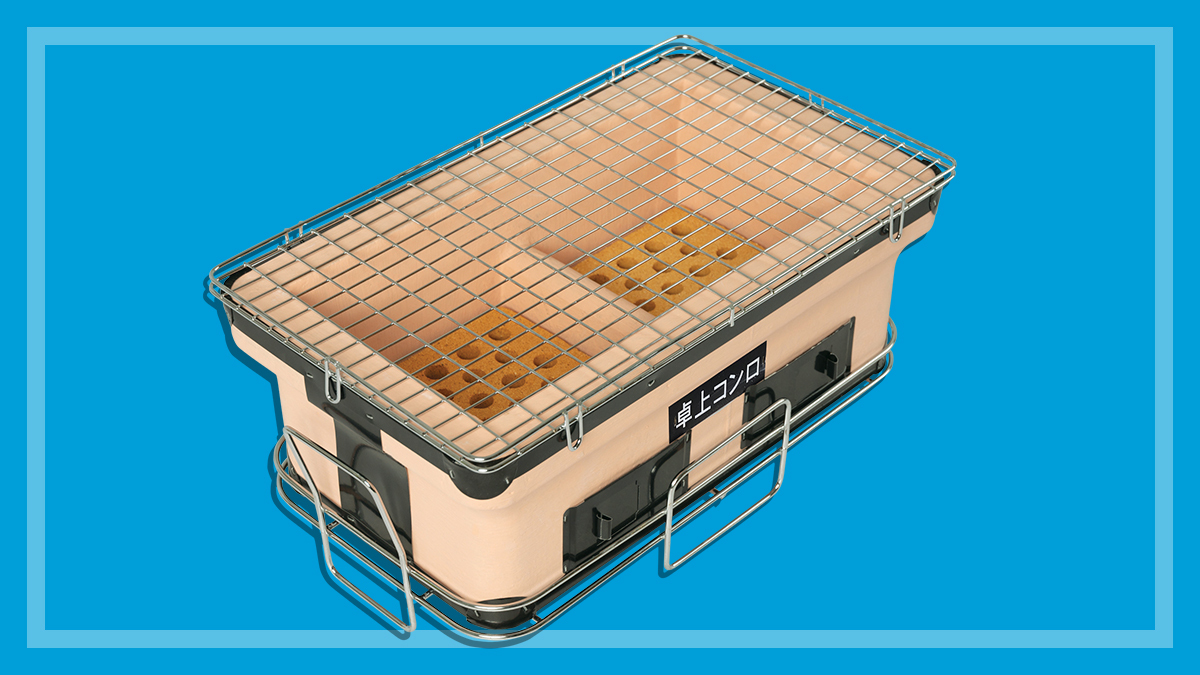Get our independent lab tests, expert reviews and honest advice.
How to buy the best shade cloth

Shade cloths, also referred to as shade sails, are not just for turning a baking patio into a cool relaxing oasis. They are also handy for providing shade over the pool, the vegetable patch or chicken coop, kids’ play areas, or even to create a simple carport.
On this page:
- Shade cloth planning
- How to choose a shade sail
- Shopping around for a shade sail
- Cost of shade cloth
But some shade cloths are shadier than others – and not in a good way. Follow our tips to make sure you get the cover you need.
Shade cloth planning
Obviously, the sun moves as the day progresses, and the shade moves with it. So for effective coverage, the cloth needs to create shade that falls in the right place at the right time. It should also be the right size to protect from direct and indirect ultraviolet radiation (UVR), and be made of the right materials.
Have a look at the area you want covered and think about why you need shade – is it a kids’ play area that needs all-day shade, or do you just want awning protection from the searing afternoon sun? Are there reflective surfaces nearby such as concrete paving or light-coloured walls that could reflect UVR into the shaded area?
Consider the time of day you’ll use the space and how that might vary over a year – a cool spot in summer may become an Arctic shadowland in winter!
How to choose a shade sail
There are two types of shade cloths – knitted and woven. For optimum UV protection, The Cancer Council NSW suggests you choose fabric that is dark, closely woven and heavy, as it blocks or absorbs more UV radiation. Shade structures should also have as high a UVR block as possible – at least 94%.
Most shade cloths sold for domestic and commercial use are knitted fabric and available in several grades from light weight to extra heavy.
- Domestic-grade shade cloths are generally sold at hardware stores and offer between 50% and 99% UVR protection.
- Commercial-grade fabrics generally offer superior protection in terms of UVR block and strength, and are generally designed for larger areas.
Shopping around for a shade sail
A 2008 CHOICE investigation found that the shade cloth installation industry is largely unregulated in Australia. This means the installer may have little knowledge about the correct method of design and installation to ensure proper protection.
It’s important to keep this in mind when buying a shade sail, because some are susceptible to stretching – either because they haven’t been installed correctly with poor tensioning, or the material deteriorates over time, stretching and reducing its UVR protection.
When getting quotes for shade sail installation, check the credentials of the shade installer and quality of the shade sail by asking:
- Does the company include a structural engineer’s report for the site and structure?
- Will they do a shade audit to assess where and when shade is needed on the site?
- What warranty applies?
- Do they provide ongoing services such as safety checks, maintenance and cleaning?
- What are the specifications of the cloth used? What is the durability of the cloth?
- Has it been independently tested to confirm the UV radiation protection level?
It’s also a good idea to check with your local council whether you need a permit to put up a shade sail.
Cost of shade cloth
The cost of having a shade cloth installed at your house will vary according to materials, size and complexity of the job. DIY shade sail kits can start as low as $60 and stretch into hundreds of dollars.





